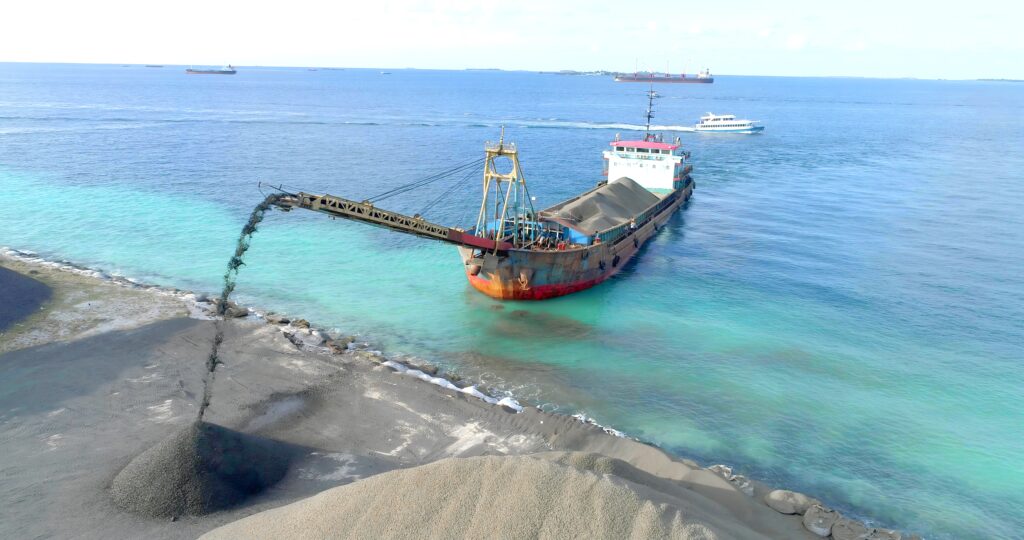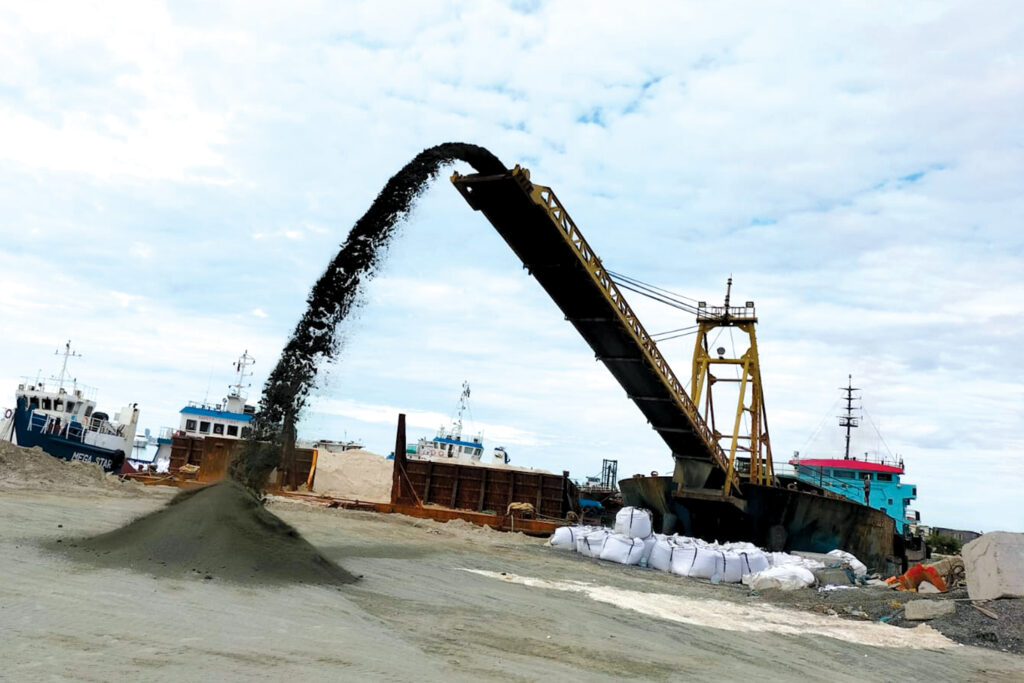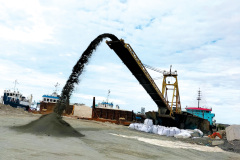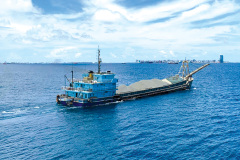

CONVEYOR BARGE
A conveyor barge is a type of barge that is equipped with a conveyor system for transporting bulk materials, typically in a continuous and efficient manner. The conveyor system on the barge allows for the loading and unloading of cargo without the need for cranes or other heavy equipment, making the process faster and more cost-effective.
Key Features of a Conveyor Barge:
- Conveyor System: The barge is fitted with a conveyor belt or series of belts that move materials from one location to another. This can be from the barge to shore, or vice versa, allowing for easy transfer of bulk goods such as coal, grain, sand, or gravel.
- Loading and Unloading: The conveyor system facilitates the loading and unloading of cargo directly onto or from the barge, often without the need for docking facilities, cranes, or other infrastructure.
- Efficiency: Conveyor barges are often used in environments where bulk material handling needs to be continuous, such as in ports, mines, or construction sites where large volumes of materials need to be moved quickly and efficiently.
Uses of Conveyor Barges:
- Mining: Transporting materials like sand, gravel, and minerals.
- Ports and Terminals: Loading and unloading bulk goods from ships or trucks, often in places without extensive dockside infrastructure.
- Dredging: Moving dredged materials from water bodies to shore.
In short, a conveyor barge offers a specialized, cost-effective solution for transporting large quantities of bulk materials on waterways, often using a conveyor to make the process more streamlined and less reliant on other heavy equipment.
Types of Hull: Steel
Gross Tonnage: 800 – 1000












